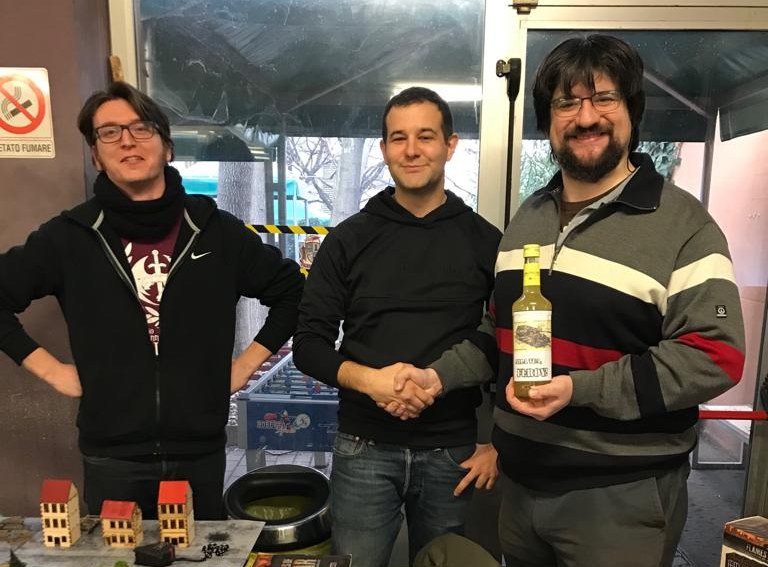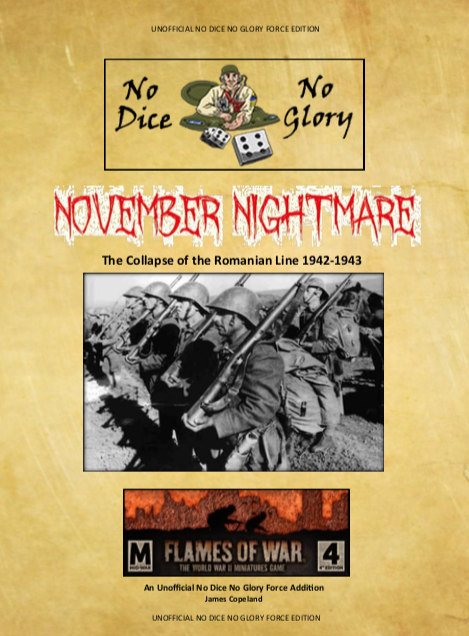The Science of Wargaming: Playtesting
I have a lot of experience in playtesting everything from miniatures, board wargames and even video games over my years in gaming. I also go out and seek opportunities to playtest when possible and my reasoning is simple, I want the community to enjoy their gaming experience as much as possible.
Over the last few weeks I have been playtesting the upcoming battleship game Heart of Leviathan (HoI) and someone asked me how I planned to play test this game. I thought the advice I gave was worth sharing it with the rest of the community. I approach play testing as one would a scientific experiment, develop a methodology to test, conduct the test, repeat the test and then analyze the findings. While this sounds quite clinical, I will break it down in gamer friendly terms.

Why
A lot of situations can get us into playtesting. I often seek opportunities to conduct a pplaytest They key here is to pick projects you have an interest and background in if you are leading the playtest. This will ensure that you can understand the basic mechanics of the game and you can also determine how historically accurate the game is if that is a requirement of the developer.

Solo
The first steps in play testing is a solo affair. You should read the rules until you really understand them. This is often a problem with gamers, no one really knows the game rules as well as they think, however in this case you really have to let the rules sink in. Do they make sense to you? Would they make sense to a novice or experienced game? These are two questions you should focus on as you read and re-read the rules. Another thing you need to think of is how well you can explain the rules to others.
After you have the rules in your head then play the game solo. What I do is to play a full game solo, marking each rule I play to make sure it makes sense and I got the rules down correctly. Solo play is also where you start making an analysis of the game. What works, what doesn’t, what is unclear. Even if you have a long list of issues at this stage you may not want to run back to the developer with issues, that is during the next step.

Your Team
Reach out to gamers who really understand game mechanics and who play many different types of games. You should get them a copy of the rules, so they can also review them until they make sense. Provide them a timeline and schedule.
For the first few tests you really need this experienced team, they will see things you may have missed and they can bring in their experience to help the team. The team here can be one other person, but I prefer to include two others if possible. Go over the rules with the team, and if you found issues during solo play and review talk through them with the team. If you are all still confused, then contact the developer. If you are the developer make some changes.

The Fun Part
Now is the best part, you play the game. When you are done talk it over and then play it again. You will repeat this step a lot. You do this to break the game. Yes, that is a goal here, does the game have any fatal flaws that would make it unplayable or so unbalanced that its not worthwhile to play.
What if you played the game 1,000 times and could not break it? Well if that is the case you need another 1,000 games. A lot of games have a fatal flaw somewhere and many times our games do not cover every rule, if that is the case play it where you can test out each and every rule in the game. Once you have felt that you have exercised each rule in the book and played every situation a gamer could be in during a game, I would say you had a successful first step of play testing. After each game go over what each player thought and take notes, see what works really well and what should be changed or modified.
Once your pro-team has played the game a bunch of time its time for yet another team. In this second team, I suggest novice gamers, or gamers who play different types of games. I often let two new gamers play against each other and watch to see if they pick up the rules and play the game like the first team did. The questions they ask are important, they may see things that the experienced gamer would just assume away.

Analysis
So, what are we looking for during all these games? The first and foremost thing to look for is if the basics of the game works. For a new game system sometimes the mechanics the developer wrote out doesn’t make any sense to you and your team. You need to ensure that all of the mechanics work as planned. Other things to analyze is balance. Does the game challenge both players equally?
No one like to play a game that lacks balance and fairness. If the game is historical you need to make sure that the historical aspects of the game are correct, this part takes a lot of research and do not stake short cuts. I think of myself as an expert on dreadnought period battleships, however, when playtesting Heart of Leviathan I looked up the stats of each ship to make sure they are correct.
One thing to think of when playtesting is if the game is fun. If you are members of your team dread playing the game again then few will buy it and enjoy it.
Another thing I do and I never see others doing it is to record times. How long does the game last? How long does a turn last? What phases of the game take too long? If some of the rules take too long to execute then look for was to speed things up without taking shortcuts that reduce the experience of the game.

Feedback
As a lead for a play test take good notes and record the finding of the other players. Make sure you include as many details as you can so the developer understands exactly what you found. What I have started to do is to use a shared site to record my findings and notes that all members of the team can see and add their thoughts and I also share this site with the developer. For HoI my main play testers and the developer share a private Facebook page where we can share our insights and get quick feedback and changes.
Sometimes giving feedback can be contentious, game developers look at their games almost like children and can be very defensive if the play test found a ton of problems. In this case, be diplomatic but do not press the case all the way to the Supreme Court, remember you are helping the developer finalize the project and respect the work they have done. Also, sometimes you may not see the bigger picture they do from their development of the game.
While we are here, I would like to offer some advice to developers, remember you picked the play testers and they represent gamers who you plan to market a game to, so they are just like your customers so listen to what they have found for you. Just like you, they want to help produce a great game.
If the feedback session results in changes to the game you should play test the game a few more times to see if the changes fix the issues, never assume they do.

Playtesting Modifications and Expansions
While the comment above seem to focus on a new game system they are also important when looking testing a new army list for a game. While NDNG has been developing user content for the community I ask the developers if they have play tested the new lists they have submitted.
When doing this you should play the newer parts/lists against the established parts of the game. Look to see if a force has a fatal flaw just like a new game and ensure that the new addition is not overpowered or too weak to be a viable addition to the game. A few years ago, when developing new lists for the Great War version of Flames of War, I tested out each list against the lists already in the game. Never assume that a list is good because it looks like another with a few changes.
Conclusion
Play testing is a lot of fun, but remember it is a lot of work. Often it is an unpaid job, but you should treat it like a job because your name goes on the final product.

Wow, as you said. This is hard work
Yes it is, but if a dev is asking for your help it a labor of love